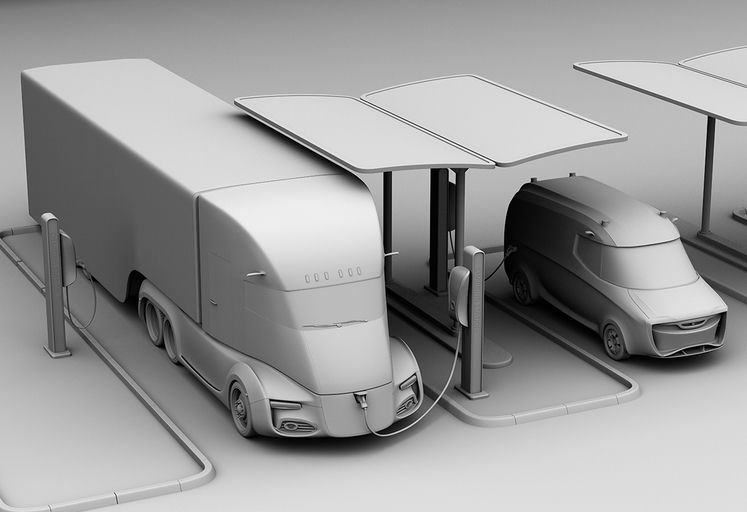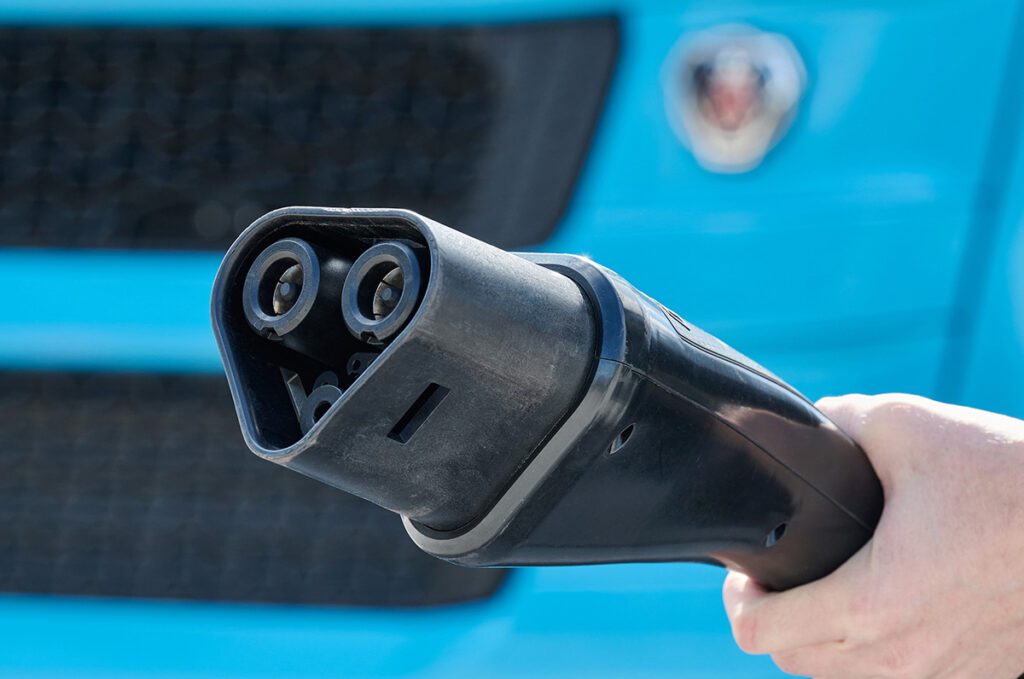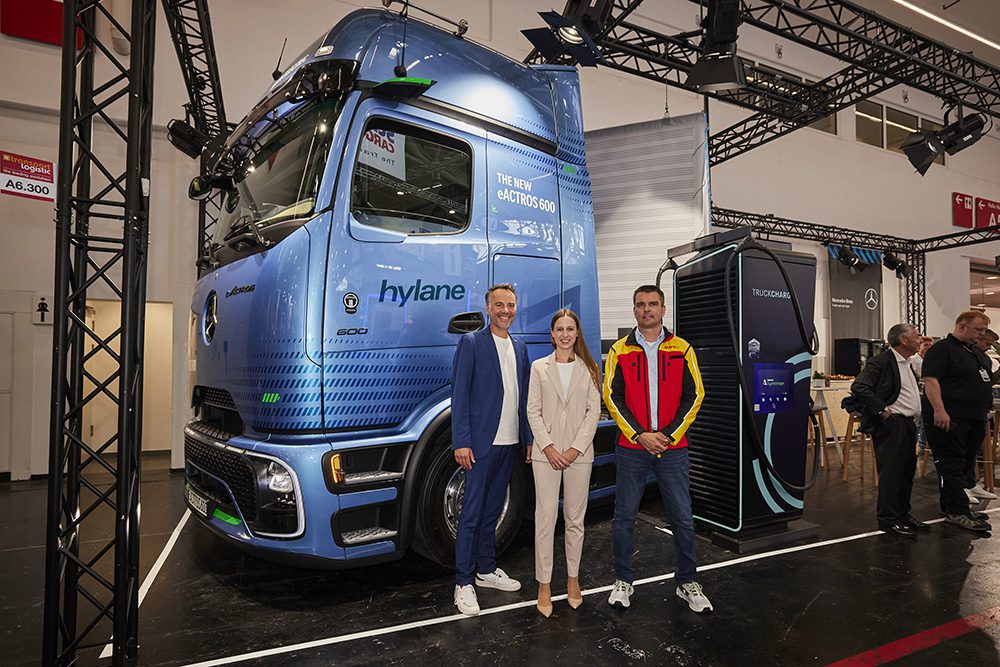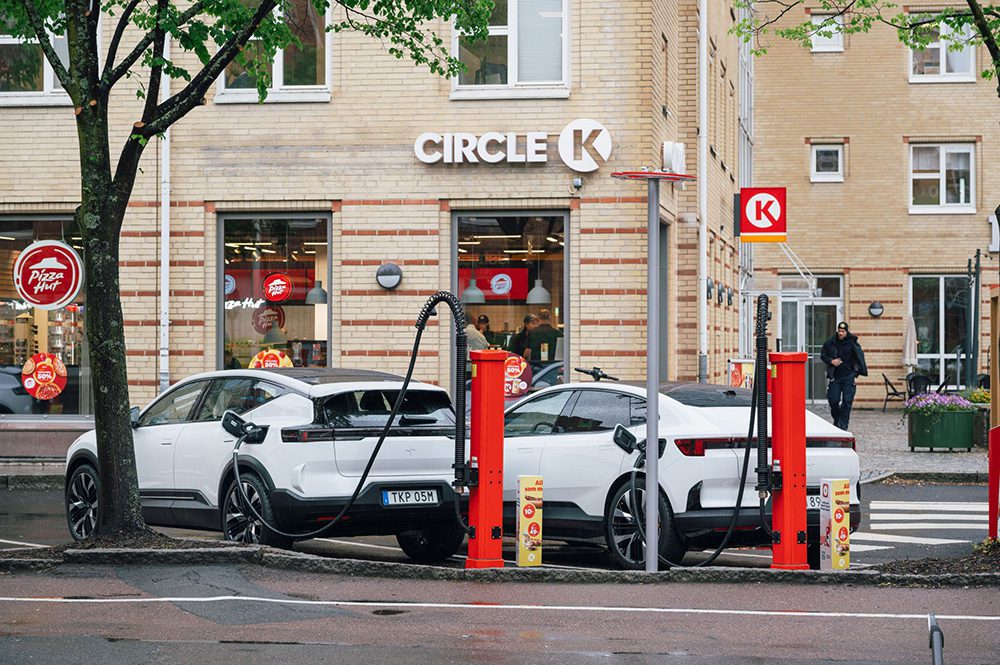Diesel-powered trucks are an endangered species in California—assuming that existing laws stand, all trucks in use in the state must be zero-emission vehicles (ZEVs) by 2042, and interim targets will start to bite much sooner.
CARB’s Advanced Clean Trucks rule requires manufacturers to make ZEVs an increasing percentage of their annual California sales from 2024 to 2035. By 2035, ZEV truck/chassis sales would need to be 55% of Class 2b-3 truck sales, 75% of Class 4-8 straight truck sales, and 40% of truck-tractor sales.
The complementary Advanced Clean Fleets rule requires operators to buy only ZEVs by 2036. For certain categories, the ACF rule will apply much sooner—for drayage trucks (short-distance haulers of cargo within and among ports and logistics centers), the rule will take effect at the beginning of 2024.
As with any government regulations, figuring out how to comply with the new rules, and how to take full advantage of the various incentives available, will be a complex matter, and this may be especially challenging for smaller fleets.
A recent survey by Commercial Carrier Journal found that few owner-operators and small fleets (fewer than 10 trucks) have any knowledge about available state and federal incentives.
California offers an array of incentives to help bring down the up-front costs of electric trucks (sometimes double the cost of a diesel truck), but smaller companies are likely to have a harder time evaluating and applying for the various programs.
Both the ACT and ACF include reporting requirements. Fleets must register their trucks in a state database so that regulators can verify compliance.
Some incentives come with scrappage strings attached—the federal Diesel Emissions Reduction Act and state Volkswagen Diesel Emissions Mitigation Trust programs both require a fleet to get rid of a diesel truck in order to receive funding toward the purchase of a ZEV.
That’s a heavy lift for a small company, Bri Lawrence, of consulting firm GNA, told CCJ. “A small fleet usually can’t afford to have a vehicle go down, and they’re not typically carrying any spares. To turn in a diesel truck for another that they don’t know that well…that scrappage requirement can be an immediate hurdle.”
The process of obtaining a rebate or other incentive tends to be a long and complex one. Large companies have people on staff who specialize in writing grant requests—a luxury that small fleets and owner-operators don’t have. However, there are resources available to help fleets navigate the alphabet soup, including the Clean Cities Coalition Network and CALSTART. “Reach out to your local coalition and let them know you’re interested in learning about incentives,” says Ms. Lawrence.
The designers of California incentive programs have tried to mitigate the shock of going electric for small fleets. The Hybrid and Zero-Emission Truck and Bus Voucher Incentive Project (HVIP) offers a $120,000 voucher for a qualifying Class 8 truck. Small fleets with fewer than 20 trucks can qualify for HVIP’s Innovative Small e-Fleet (ISEF) voucher, which doubles the voucher amount to $240,000 and carries no scrappage requirement. There’s another 25% for drayage operators, and another 15% for firms located in a disadvantaged community. Combining all of those incentives could bring the cost of an EV down to parity with that of a legacy diesel truck.
The Carl Moyer Memorial Air Quality Standards Attainment Program is another program that’s friendlier for small fleets, Lawrence said. It allows a small fleet to request 80% of the cost of a zero-emission truck, and can be combined with HVIP funding.
Another opportunity for small fleets: some volume shippers and larger fleets are looking for small fleets with ZEVs to help them meet their own sustainability goals.
“Customers, larger carriers who are looking for smaller businesses to run lanes, they have an obligation to meet,” Niki Okuk, Deputy Director at Calstart, told CCJ. “If you can help them with that obligation, then making a zero-emission investment can pay off in developing long-term relationships with customers.”
The CARB-funded Sustainable Fleets Accreditation Program helps bigger companies find smaller fleets that can help them deliver emissions reductions.
Source: Commercial Carrier Journal










































































































